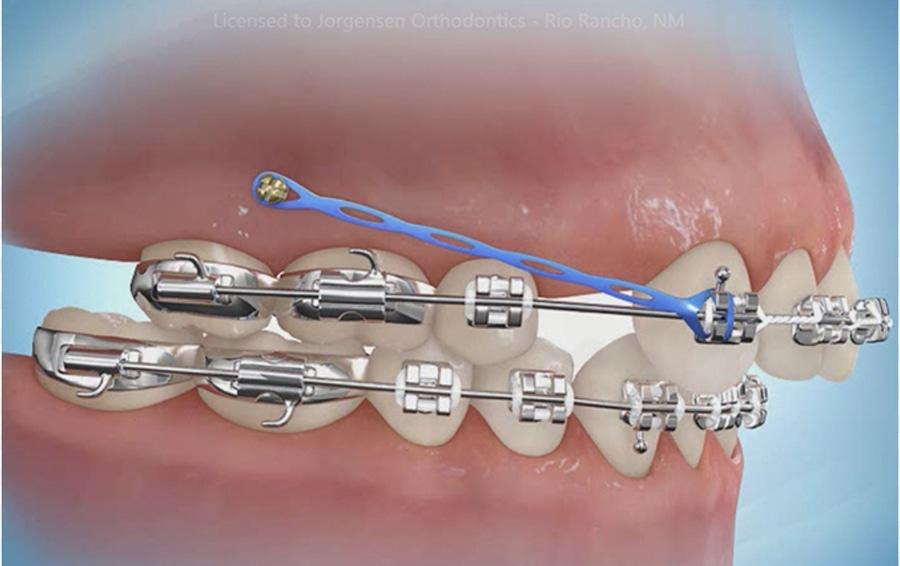Braces are a common orthodontic treatment used to correct dental misalignment and achieve a straighter, healthier smile.
While braces are highly effective, they can cause discomfort and soreness, especially during certain stages of treatment.
Understanding where the most painful parts of braces are located and how to manage discomfort is essential for patients undergoing orthodontic care.
Introduction to Braces and Pain
Braces consist of brackets, wires, and bands that work together to gradually move teeth into their desired positions. This process involves applying controlled forces to the teeth, which stimulates bone remodeling and tooth repositioning. While the goal is to achieve optimal alignment and bite function, patients often experience varying levels of discomfort throughout treatment.
Common Sources of Pain and Discomfort
Several factors contribute to discomfort during braces treatment.
Understanding these factors can help patients anticipate and manage pain effectively.
1. Initial Placement of Braces
The initial placement of braces is often associated with the most significant discomfort. This phase typically involves:
Bracket Placement: Brackets are bonded to the front surface of each tooth using dental adhesive. The process involves cleaning and drying the teeth before applying the brackets. While the adhesive is designed to be gentle on tooth enamel, the pressure and manipulation during bracket placement can cause soreness in the teeth and gums.
Archwire Insertion: Once brackets are in place, an archwire is threaded through them to apply gentle pressure and facilitate tooth movement.
The initial archwire may be thicker and stiffer to initiate alignment, which can cause soreness as teeth begin to shift.
Adjustment Period: The first few days after braces are placed are typically the most uncomfortable. Patients may experience soreness in their teeth, gums, and jaws as they adjust to the presence of braces and the initial forces exerted by the archwire.
2. Periodic Adjustments
Throughout braces treatment, periodic adjustments are necessary to progress tooth movement and achieve treatment goals.
Adjustments involve:
Changing Archwires: As teeth move into alignment, the orthodontist will periodically replace the archwire with a thicker or more flexible one to continue guiding tooth movement. Each adjustment session may temporarily increase pressure on the teeth, causing soreness that typically resolves within a few days.
Tightening Brackets: The orthodontist may also adjust individual brackets to fine-tune tooth positioning. Tightening or repositioning brackets can briefly increase discomfort as teeth respond to the modified forces applied.
3. Oral Ulcers and Irritation
Braces can sometimes cause oral ulcers or irritation due to:
Bracket and Wire Rubbing: Friction between brackets, wires, and oral tissues can irritate the cheeks, lips, and tongue.
This friction may lead to sores or ulcerations, especially during the initial stages of treatment or after adjustments.
Soft Tissue Adjustments: Orthodontic wax or silicone covers can be applied to brackets to reduce irritation and create a smoother surface against which the oral tissues can glide.
4. Extractions and Elastics
In some cases, orthodontic treatment may involve:
Tooth Extractions: Prior to braces placement, teeth may need to be extracted to create space or address overcrowding.
Tooth extraction sites can be sore and tender as they heal, particularly when braces are subsequently applied.
Rubber Elastics: Rubber bands or elastics are often used in conjunction with braces to apply additional force for correcting bite issues. Initially, elastics can cause discomfort until the mouth adjusts to their presence and the applied pressure.
Managing Pain And Discomfort
While discomfort is common during braces treatment, several strategies can help manage pain and promote comfort:
1. Over-the-Counter Pain Relief
Analgesics: Non-prescription pain relievers such as ibuprofen or acetaminophen can help alleviate discomfort. Patients should follow dosage instructions and consult with their orthodontist or healthcare provider if pain persists.
2. Orthodontic Wax
Application: Orthodontic wax can be applied to brackets and wires to create a smooth surface and reduce irritation against oral tissues. Wax should be reapplied as needed, especially after adjustments.
3. Saltwater Rinse
Rinsing: Gently rinsing the mouth with warm saltwater can soothe oral tissues and promote healing of minor irritations or ulcers caused by braces.
4. Soft Diet
Food Choices: Eating soft foods or cutting food into smaller pieces can minimize discomfort when chewing, especially after adjustments or during periods of heightened sensitivity.
5. Proper Oral Hygiene
Brushing and Flossing: Maintaining excellent oral hygiene is crucial during braces treatment to prevent gum inflammation and reduce the risk of oral infections. Orthodontic brushes and floss threaders can help clean around brackets and wires effectively.
6. Communication with Orthodontist
Reporting Discomfort: Patients should communicate any persistent or severe pain to their orthodontist promptly.
Adjustments to treatment or additional recommendations may be necessary to enhance comfort and treatment progress.
Conclusion
While braces are effective in achieving straighter teeth and a healthier smile, they can cause discomfort at various stages of treatment. Understanding the sources of pain associated with braces and implementing proactive strategies for pain management are essential for enhancing patient comfort and treatment adherence. Orthodontists play a crucial role in educating patients about potential discomfort, providing supportive care, and adjusting treatment as needed to optimize outcomes. By effectively managing pain and discomfort, patients can navigate their braces journey with confidence, knowing that the temporary discomfort is a worthwhile investment in achieving a lasting, beautiful smile.

